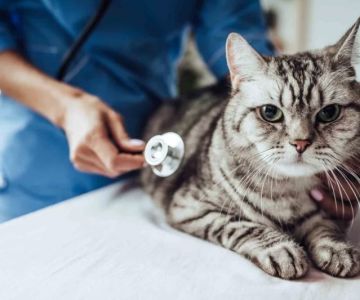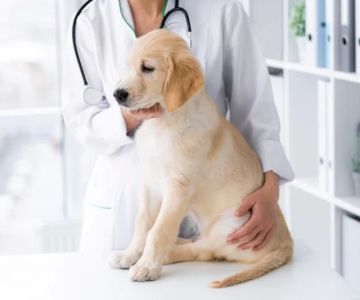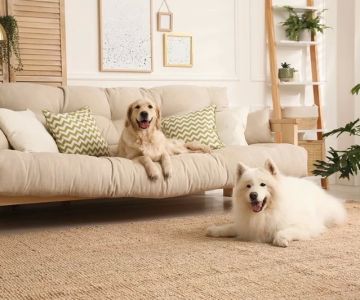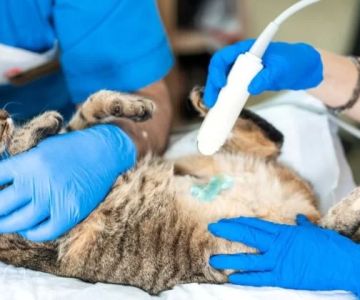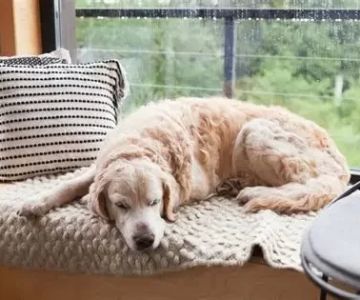How to Train Dogs to Greet People Politely
- 1. Understanding Dog Greeting Behavior
- 2. Why Teaching Your Dog to Greet People Politely Matters
- 3. Training Methods for Teaching Polite Greetings
- 4. Common Challenges and Solutions When Training Polite Greetings
1. Understanding Dog Greeting Behavior
When dogs greet people, it’s natural for them to show excitement. However, sometimes this excitement manifests in behaviors that can be problematic, like jumping, barking, or licking. Understanding why dogs greet in this way can help you tailor a training plan to address these behaviors.
Dogs are pack animals, and their instinct is to be social and enthusiastic when meeting others. In the wild, dogs greet each other with these behaviors as a sign of friendship and trust. While this is acceptable in the wild, it may not be appropriate or desirable in a home or social setting, especially when meeting guests or people who are unfamiliar to the dog.
Recognizing this instinctual behavior is the first step toward modifying it. The goal is to help your dog understand that greeting people can be calm and respectful, making it more enjoyable for both you and your guests.
2. Why Teaching Your Dog to Greet People Politely Matters
Teaching your dog to greet people politely is important for several reasons. First, it enhances safety. A dog that jumps on people, especially young children or elderly individuals, may inadvertently cause harm by knocking them over. It also makes social interactions more pleasant for guests who may feel uncomfortable with an overly enthusiastic dog.
Polite greetings help create a more relaxed and enjoyable environment at home. For example, if your dog consistently greets guests calmly, it’s easier for everyone to settle in and enjoy their time together. Moreover, teaching polite greetings can strengthen the bond between you and your dog by improving communication and trust.
3. Training Methods for Teaching Polite Greetings
Training your dog to greet people politely takes patience and consistency. Here are several effective methods to help you achieve this goal:
3.1 Reinforce Calm Behavior
The key to teaching a polite greeting is reinforcing calm behavior. When your dog begins to greet someone, encourage them to sit or stand calmly. Immediately reward your dog with praise or a treat when they remain calm. Over time, your dog will associate calm greetings with positive reinforcement.
For instance, when someone arrives at your home, ask your dog to sit before they approach the person. If your dog remains seated, reward them. If they start to jump, gently redirect them to a sitting position. Consistency is key in reinforcing this behavior.
3.2 Use Positive Distractions
Another effective technique is using positive distractions. When a guest arrives, distract your dog with a toy or treat, and encourage them to focus on something else rather than greeting with excitement. This helps shift their attention from the guest to an acceptable activity.
Over time, your dog will learn that focusing on the toy or treat is more rewarding than jumping or barking at the door. It’s important to keep the distractions positive and ensure that your dog understands the behavior you’re rewarding.
3.3 Practice and Consistency
Training your dog to greet people politely takes practice. You may need to repeat these exercises regularly, even when you aren’t expecting guests. One effective approach is to practice with family members or friends. Have them enter the house as if they were guests, and use the same commands and rewards to reinforce polite greetings.
Consistency in training is essential. Ensure that everyone in your household follows the same rules and uses the same commands when interacting with the dog. This avoids confusion and reinforces the behavior you want to encourage.
3.4 Gradual Exposure to New People
If your dog is particularly excitable when meeting new people, gradually expose them to new situations. Start with controlled interactions in a quiet environment, and slowly increase the level of distraction. This helps your dog learn to manage their excitement in various social settings.
Over time, your dog will become more accustomed to meeting new people without jumping or becoming overly excited. This gradual exposure helps build confidence and reduces anxiety around new situations.
4. Common Challenges and Solutions When Training Polite Greetings
Training a dog to greet people politely can come with its share of challenges. Here are some common issues you may encounter, along with strategies for overcoming them:
4.1 Persistent Jumping
If your dog continues to jump on people despite your efforts, it may be due to a lack of consistency or insufficient reinforcement. In this case, ensure that everyone in your household is using the same training methods and rewarding calm behavior consistently.
It may also help to use a leash when greeting guests. This allows you to gently control your dog’s movements and prevent them from jumping. If they try to jump, gently guide them back into a sit position and reward them for staying calm.
4.2 Anxiety Around New People
Some dogs may exhibit anxiety around new people, which can cause them to become overly excited or even fearful. If this is the case, take things slowly. Start with calm, controlled introductions and allow your dog to approach the person at their own pace. Avoid forcing the interaction, as this can increase anxiety.
Using calming aids, such as pheromone diffusers or calming treats, can also help reduce anxiety and promote a more relaxed greeting behavior.
4.3 Inconsistent Results
If you’re not seeing consistent results with training, it may be due to a lack of practice or reinforcement. Make sure you are practicing the training regularly, even if there are no guests. The more frequently you reinforce calm greetings, the more likely your dog is to generalize the behavior to real-life situations.
Additionally, it’s important to remember that dogs learn at their own pace. Some dogs may take longer to master polite greetings, so be patient and consistent in your training efforts.



